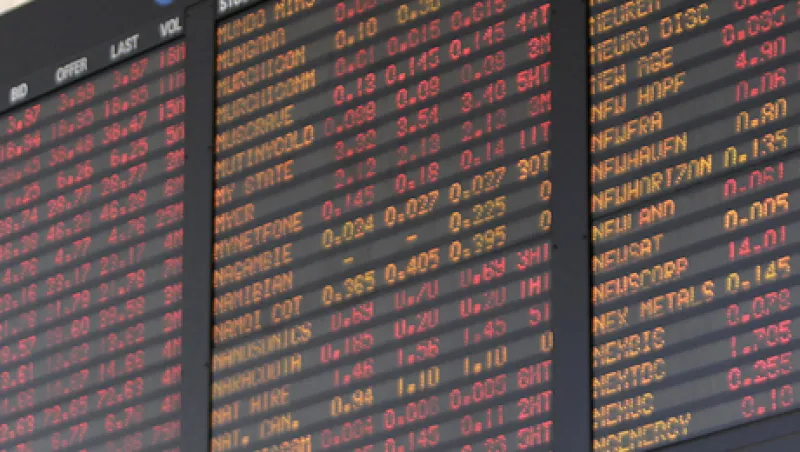The long-awaited launch of Pacific Investment Management Co.’s new total return exchange-traded fund finally is at hand, and the fund business may never be quite the same.
The actively managed ETF, which launches March 1, will be similar to the mutual fund version, although it will not use derivatives. “If it is successful and attracts a significant amount of assets — and I think it will — then other mutual fund mangers who have been on the fence about ETFs may follow Pimco,” says Robert Goldsborough, an ETF analyst with Morningstar.
He does not believe that Pimco’s new ETF, which was announced last year and is scheduled to launch on March 1, signals the beginning of the end for mutual funds. “But could more assets shift toward ETFs? Sure,” Goldsborough says.
Pimco, the bond powerhouse run by Bill Gross and Mohamed El-Erian, has had great success over the last 25 years with its Total Return Fund. The go-anywhere, do-anything bond fund has consistently delivered absolute returns for investors, despite some periods of poor performance during the last year. It has gained 6.02 percent during the last year, compared with a loss of 2.59 percent for the BarCap U.S. Aggregate Bond Fund, according to Morningstar. The mutual fund — now the largest in the world — is free from the shackles of a benchmark and uses derivatives and leverage to boost its returns.
Despite its advantages, Pimco will face several challenges, including an increasingly crowded and competitive ETF market, powerful rivals such as State Street and iShares, and the possible baggage of its own recent missteps in the bond market. Pimco’s results suffered last year after the company missed a rally in the Treasury market, and the Total Return Funding reversed course in January, boosting the level of holdings in that market.
Investors pay a price for that performance — although the $250 billion mutual fund is cheaper than many smaller funds. The expense ratio for the fund’s A shares is 0.90 percent. Net operating expenses for the institutional PTTRX version are 0.46 percent. Pimco says the new ETF will have an expense ratio of 0.55 percent. But as Ari Weinberg at Forbes notes, those 9 basis points in mutual fund savings may be “washed away” by lower transaction costs associated with the ETF.
More than likely, mutual funds and ETFs will coexist, with ETFs playing an ever-increasing role in the toolkit of institutional investors who are drawn to ETFs’ ability to trade throughout the day like stocks, according to Goldsborough.
He says that some mutual fund managers have been reluctant to move into ETFs for a number of reasons, but that those fears may be overstated, especially in the case of star managers such as Gross or El-Erian.
One of the concerns about actively managed ETFs is that of front running — high frequency traders who try to figure out a rival’s strategy in the middle of a trade and then rush to execute it first. “Everyone already knows what Bill Gross is doing. So the issue of front running might be overblown in this case,” Goldsborough says. That is also the case for fears of “shadowing,” in which investors simply try to mimic the moves of another manager.
There may always be a place for star mutual fund managers who can deliver high enough returns to justify their fees. But that isn’t easy to do. Given their generally lower transaction costs and their tax advantages, actively managed ETFs may be an increasingly important alternative — especially now that the world’s largest mutual fund has embraced the active ETF structure.
Pimco also may put pressure on rival active ETF sponsors. The great majority of ETFs are passively managed, track an index and have an expense ratio of less than 1 percent. Some passive funds charge as little as seven or eight basis points. But actively managed ETFs often have an expense ratio greater than 1 percent. If Pimco’s total return ETF turns out to be a good value, it will be more difficult for rival active ETF managers to justify those fees.






